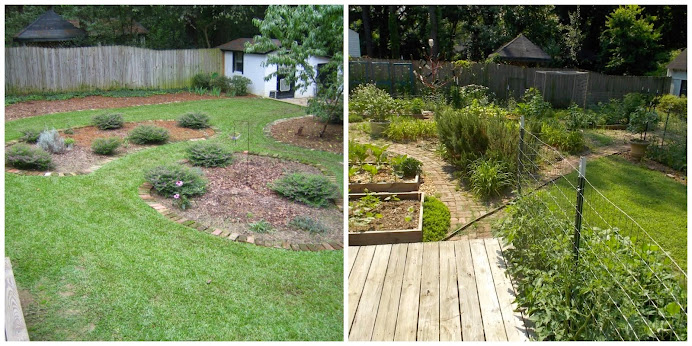I was tired of trying to get my does in the mood as they never seemed to want to lift for my bucks, no matter who I paired with whom. So, I decided to try this idea of breeding by the moon cycle. The first full moon for me at that point was February 2nd. I put Zelda in with Buck Nasty, and she immediately lifted. I've never had a doe lift so quickly. And she lifted for him several times. Today she is the mama of a beautiful litter of nine kits. Now according to legend since I bred her on the full moon, she should have more bucks than does in her litter.
The new moon was on February 18th, so I decided to breed Mimi on this day. She also immediately lifted and Jack was able to get more than one fall off. She gave birth several days ago and built one of the prettiest nests I've ever seen. Because they are tucked in the back of the dog crate I haven't counted them yet. But when I stick my hand down in the crate I can feel the warmth radiating off them and when I lift the fur, they pop up and down like popcorn kernels, so I know they are okay. Since she was bred on the new moon, she should have more does in her litter.
My last breeding was Bunny on the full moon of March 4th. She didn't lift immediately but she did lift and she tends to be slightly stubborn so we'll see what happens with her. She is due starting next week.
I do know when I see a full moon, but other than that, I'm not one who can tell the difference between a waning or waxing moon or even know when there's a new moon, so I've been using the Farmers' Almanac website to schedule my breedings.
Now, if you really want to get crazy and even determine the quality of your bucks and does, you can breed based on the moon phases combined with the zodiac calendar. This post does a great job of explaining that.
So here is to some successful breeding by the phase of the moon.
Happy homesteading,
Candace












